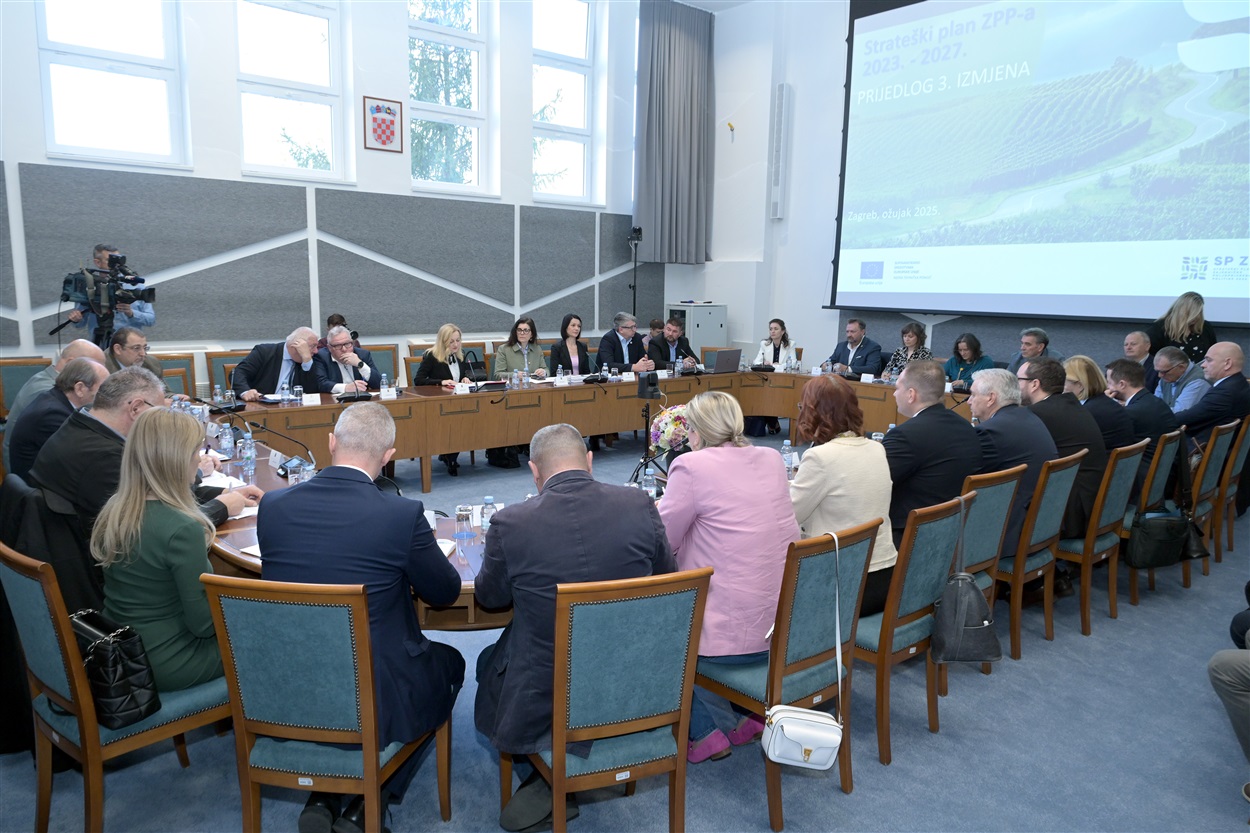
Zagreb - Agriculture Minister David Vlajčić informed the parliamentary Agriculture Committee on Friday that between €270 and €275 million will be allocated to Croatian agriculture in the next two months.
"Everyone will receive the maximum amount. Look at the numbers that will be paid to farmers, between 270 and 275 million euros," said the minister at a thematic session of the Committee on amending the Strategic Plan for the Common Agricultural Policy for 2023-2027. The session brought together representatives from the agricultural and food sectors, professional chambers, associations, unions, as well as cities, municipalities, and counties.
Ljubomir Kolarek, an MP of the ruling HDZ party, warned that there has been a drastic decline in livestock production and a rise in crop production, asking how to balance this, "because once you leave milk production, you will never return to it."
The chairwoman of the committee, independent MP Marijana Petir, reminded the committee that over 15 years of operation, the Agency for Payments in Agriculture has paid out 10 billion euros to final beneficiaries and that approximately 520 million euros is paid annually for agricultural subsidies.
Minister: Self-sufficiency is also a security issue
Minister Vlajčić said that the production of sufficient quantities of nutritionally valuable food is becoming an increasingly important national policy.
"Self-sufficiency in production at the national level is also a security issue for our population," he said, adding that an appropriate income for farmers is crucial for them to continue engaging in this important sector, in which the Ministry wants young people to recognise their future.
To address the new, more pressing need for greater food production and to ensure national self-sufficiency, it is necessary to increase the number of farmers who will invest in their farms, he stated.
The minister noted that with the proposed amendments to the Strategic Plan, the current number of micro, small, and medium-sized farmers receiving support for their investment projects in primary production should double, while the number of large farmers would increase by a third.
